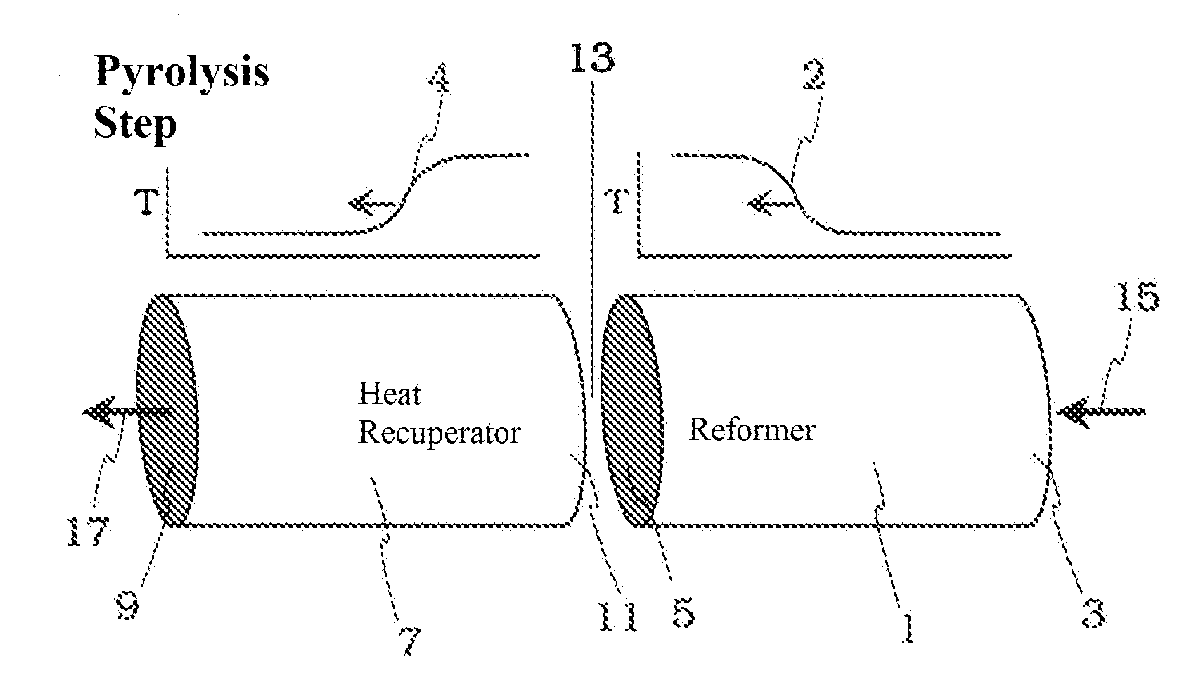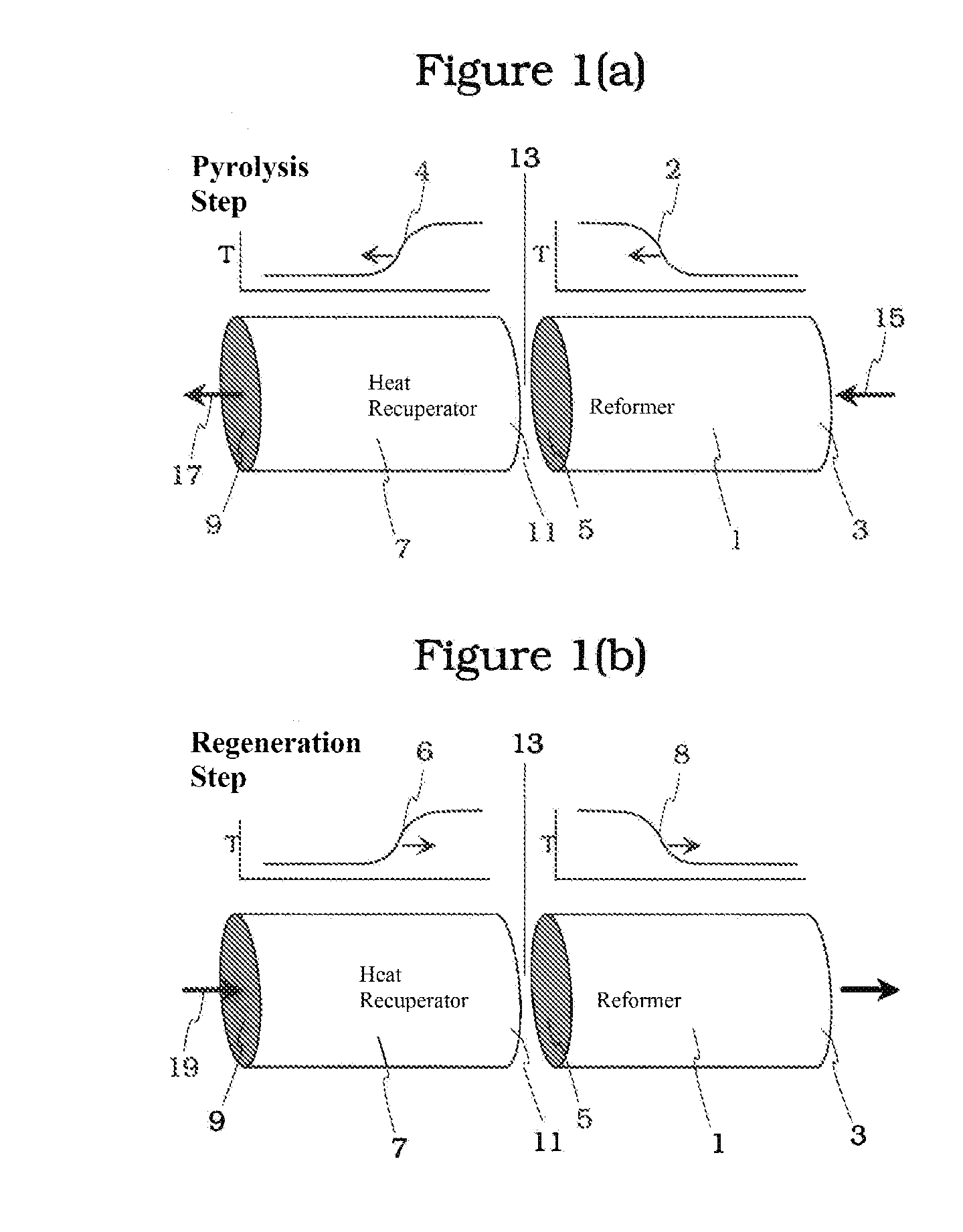Pyrolysis Reactor Materials and Methods
a technology of pyrolysis reactor and materials, which is applied in the direction of liquid gas reaction process, coke oven details, hydrocarbon by hydrocarbon cracking, etc., can solve the problems of high temperature and process stress that high temperature and process stress can exceed the long term viability of most conventional apparatus, and the process is typically more complex and expensive. , to achieve the effect of high temperature and process stress, the equipment is specialized and can handle the intense hea
- Summary
- Abstract
- Description
- Claims
- Application Information
AI Technical Summary
Problems solved by technology
Method used
Image
Examples
example 1
[0051]An yttria ceramic composition was prepared by mixing 50 wt. % of the first grit Amperit 849.054 Y2O3 powder (H.C. Starck), 30 wt. % of the second grit Y2O3 powder (1 μm average particle size, 99.9%, from Alfa Aesar) and 20 wt. % of the third grit Grade C Y2O3 powder (H.C. Starck). About 30 wt. % additional organic binder was mixed with the ceramic powder to provide green body strength during forming process. The powder was extruded into a honeycomb shape (300 cpsi) in the size of about ¾″ diameter×1.0″ thickness. The extruded honeycomb green body was then sintered at 1600° C. for 4 hours in air and annealed at 1900° C. for 4 hours in argon to form a fired ceramic body. The resultant yttria ceramic body was also comprised of about 15 vol. % porosity mainly derived from the first grit Amperit 849.054 Y2O3 powder. This residual porosity provides thermal shock resistance. The produced yttria honeycomb sample was tested in a reverse-flow reactor for about 24 hrs wherein a pyrolysis...
PUM
| Property | Measurement | Unit |
|---|---|---|
| temperature | aaaaa | aaaaa |
| pressure | aaaaa | aaaaa |
| pressure | aaaaa | aaaaa |
Abstract
Description
Claims
Application Information
 Login to View More
Login to View More - R&D
- Intellectual Property
- Life Sciences
- Materials
- Tech Scout
- Unparalleled Data Quality
- Higher Quality Content
- 60% Fewer Hallucinations
Browse by: Latest US Patents, China's latest patents, Technical Efficacy Thesaurus, Application Domain, Technology Topic, Popular Technical Reports.
© 2025 PatSnap. All rights reserved.Legal|Privacy policy|Modern Slavery Act Transparency Statement|Sitemap|About US| Contact US: help@patsnap.com



